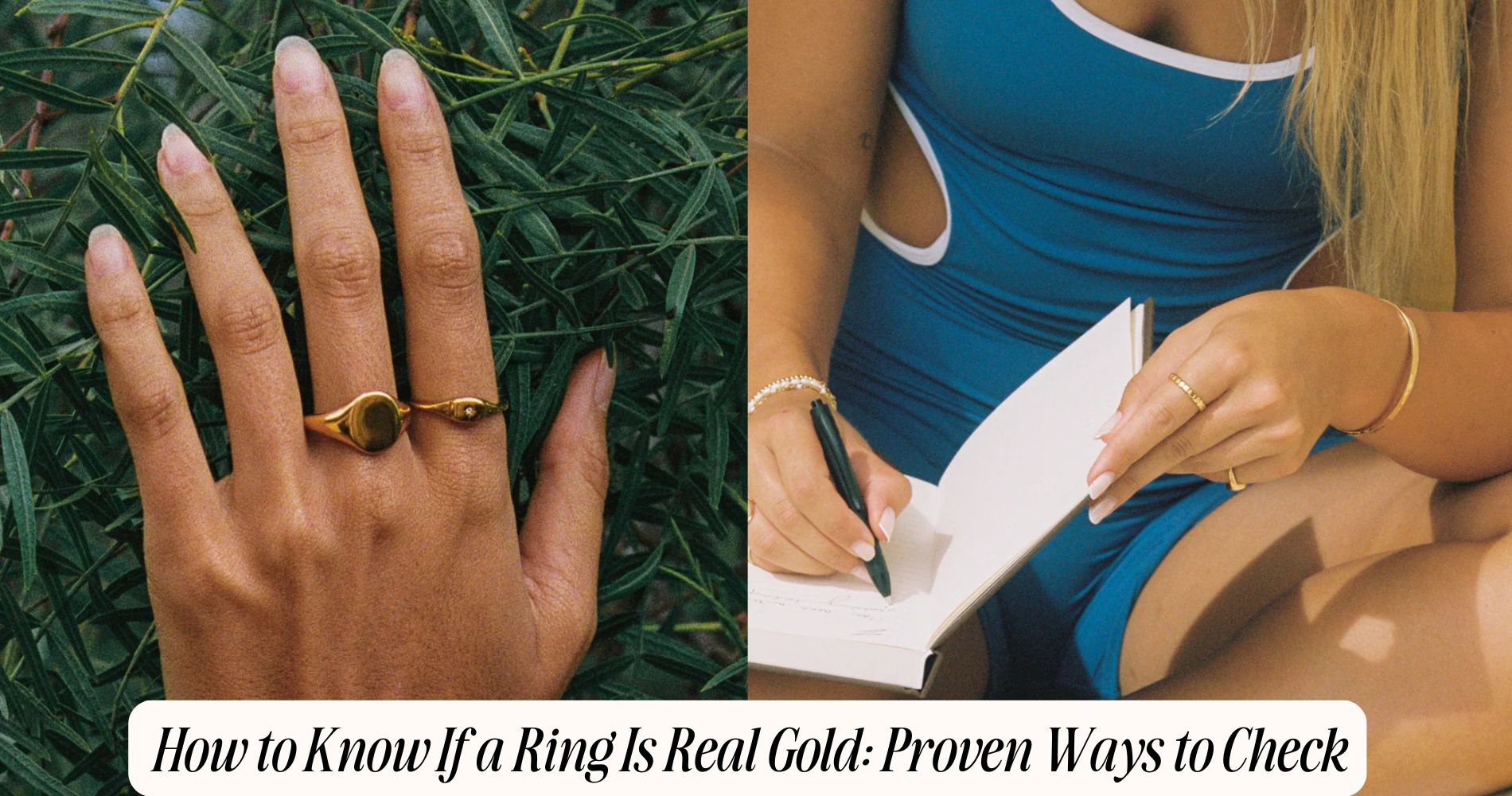
How to Know If a Ring Is Real Gold: Proven Ways to Check
Wondering how to know if a ring is real gold? Start by examining its hallmarks with a jeweler's loupe for markings like '10K' or '18K'. Use a strong magnet—real gold won’t be attracted. Try a scratch test to check its durability and apply nitric acid to see if it stays unaffected. For complete certainty, consider a professional appraisal. As you explore these methods, you’ll uncover the truth about your ring’s authenticity — or find inspiration in Atolea’s elegant waterproof rings, designed to last and shine every day.
Understanding Gold Purity and Hallmarks
When determining if a ring is made of real gold, understanding gold purity and hallmarks is crucial. You must focus on karats, a unit measuring gold purity. Pure gold is 24 karats, while lower numbers indicate more alloy content.
Analyze your ring for hallmark symbols, typically stamped inside the band. These symbols provide important information about gold purity. Common marks include "10K," "14K," or "18K," indicating the percentage of pure gold present.
Also, look for the maker's mark or assay office stamp, which authenticates the ring's origin. Confirm accuracy by using magnification tools to inspect these tiny engravings.
The Magnet Test: A Quick and Easy Method
Although not foolproof, the magnet test offers a quick and straightforward method to assess if your ring is made of real gold.
Begin by selecting a magnet with sufficient magnet strength, such as a neodymium magnet. Gold exhibits negligible magnetic properties, so it shouldn’t be attracted to the magnet.
Hold the magnet close to your ring and observe any movement. If the ring is drawn toward the magnet, it likely contains ferromagnetic metals, indicating it’s not pure gold.
However, remember that some non-magnetic alloys might still be present in genuine gold jewelry. This method primarily helps identify imposters with magnetic components.
Confirm your magnet is strong enough for reliable results, as weaker magnets mightn't reveal subtle attractions.
The Scratch Test: Assessing Durability
To determine the authenticity of a gold ring, the scratch test offers a precise method to assess its durability.
First, use a scratch stone to create a subtle mark on the ring's surface. This controlled abrasion exposes underlying layers, revealing critical insights into the metal composition.
Genuine gold, known for its high scratch durability, resists significant surface damage. In contrast, gold-plated items, composed of a thin gold layer over base metals, reveal their true nature with deeper scratches.
Carefully observe the scratch's depth and color. Pure gold maintains a consistent hue, while alloys may exhibit varied tones.
Testing With Nitric Acid: a Chemical Approach
The nitric acid test provides a definitive chemical analysis to verify a ring's gold authenticity.
Begin by implementing strict safety precautions, as nitric acid is a hazardous substance. Equip yourself with protective gloves and eyewear.
Place the ring in a non-reactive container. Using a dropper, carefully apply a small amount of nitric acid to the ring.
Observe the acid reactions closely. Genuine gold will remain unaffected, exhibiting no color change or reaction. If the ring's surface turns green or a milky substance forms, it indicates the presence of base metals, confirming the ring isn't pure gold.
Dispose of the acid solution safely and wash the ring thoroughly. This method requires precision and respect for chemical handling protocols.
The Float Test: Checking Density
While the nitric acid test relies on chemical reactions, the float test examines physical properties by evaluating the ring's density.
To conduct this density measurement, fill a glass with water. Gently place the ring on the water's surface and observe its buoyancy. Gold, known for its high density, should sink immediately. If the ring floats or barely submerges, it likely contains less dense metals, indicating it's not pure gold.
This buoyancy analysis isn't foolproof but offers a quick preliminary assessment. Make sure to dry the ring thoroughly afterward to prevent any water damage.
Using a Jeweler's Loupe for Close Inspection
A jeweler's loupe offers a meticulous way to scrutinize the intricacies of your ring, allowing for a detailed inspection of its authenticity.
Start by selecting a loupe with 10x magnification, the industry standard for examining jewelry. Employing precise magnification techniques, you can inspect the surface for any hallmark stamps indicating gold purity, such as 10K, 14K, or 18K.
Look closely for identifying inclusions, which may manifest as small metallic flecks or impurities not typically present in authentic gold. Examine the craftsmanship, checking for uniformity in design and soldering joins.
Pay attention to any discoloration or flaking, as these might suggest gold plating rather than solid gold. By using a loupe, you enhance your ability to differentiate real gold from impostors.
Professional Appraisal and Testing Services
If you're serious about confirming your ring's authenticity, engaging professional appraisal and testing services is a prudent step.
A certified gemologist or appraiser will provide you with precise testing accuracy, using advanced tools and methodologies like X-ray fluorescence (XRF) analysis or acid tests.
These experts guarantee that the composition and purity of your gold ring are thoroughly examined.
While appraisal costs can vary based on the service's complexity and location, the investment is invaluable for definitive results.
You gain peace of mind knowing your ring's true value and authenticity.
Frequently Asked Questions
Can Gold Rings Change Color Over Time?
Yes, gold rings can exhibit color changes over time due to alloy effects. When non-gold metals in the alloy oxidize or tarnish, they alter the ring's appearance. Regular cleaning and proper storage mitigate these effects.
Are There Specific Cleaning Methods for Genuine Gold Rings?
Yes, there are specific gold cleaning methods. Use a mild detergent and warm water for routine jewelry maintenance. Gently scrub with a soft brush. Avoid abrasive materials to prevent scratching, ensuring your gold retains its luster.
What Should I Do if My Ring Causes Skin Irritation?
If your ring causes skin irritation, it might be due to allergic reactions or skin sensitivity. Remove the ring immediately, clean the area, and consult a dermatologist. Consider hypoallergenic jewelry options to prevent future discomfort.
How Can I Identify Gold-Plated Rings?
Inspect the ring for identifying features like hallmarks indicating gold plating (e.g., GP, GEP). Use a magnifying glass to examine wear spots revealing base metal. Test with a magnet; true gold isn't magnetic, unlike plated alternatives.
Do Real Gold Rings Have a Specific Weight Range?
Yes, real gold rings typically reflect gold density, approximately 19.32 grams per cubic centimeter. Use precise ring measurement to calculate volume and weight, making certain consistency with this density for authenticity confirmation. This technical approach guarantees accuracy.
Conclusion
In determining a ring's authenticity, each method offers distinct insights. Understand gold purity and look for hallmarks as initial indicators. Use the magnet test to quickly rule out ferrous metals. The scratch test can reveal durability, while nitric acid provides chemical verification. The float test helps assess density, and a jeweler's loupe allows for detailed inspection. For definitive results, consult professional appraisal and testing services. By combining these methods, you're equipped to confidently evaluate gold authenticity.






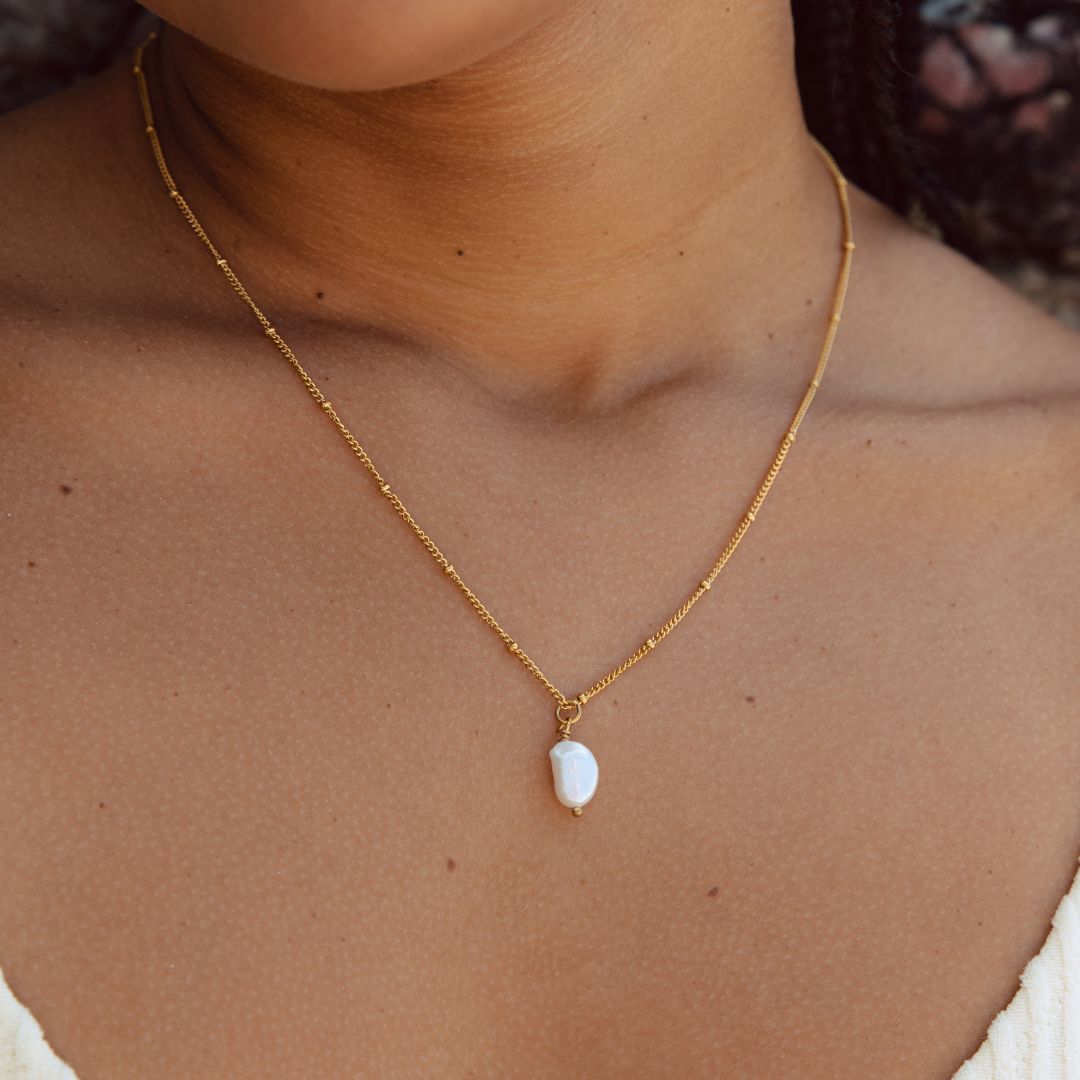

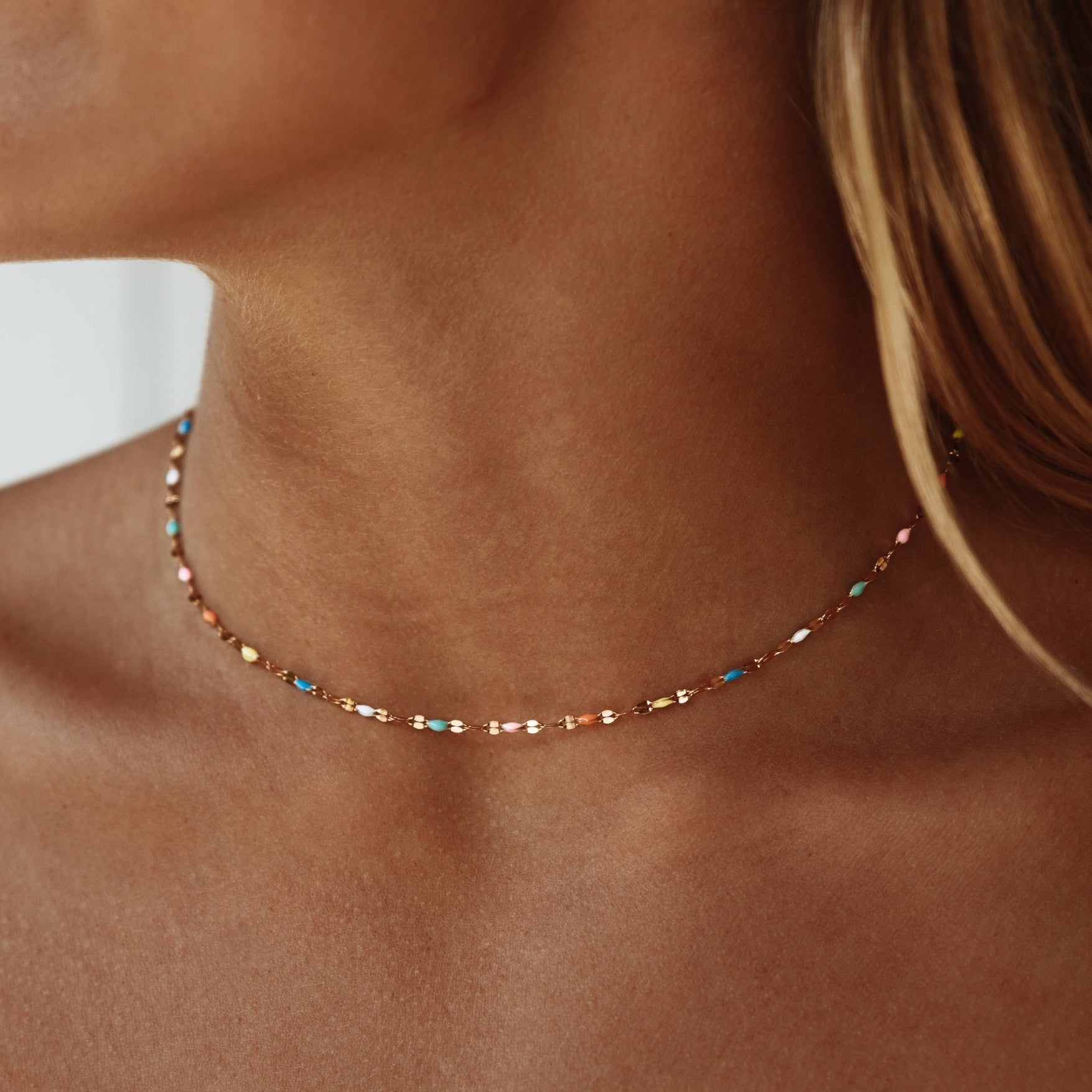
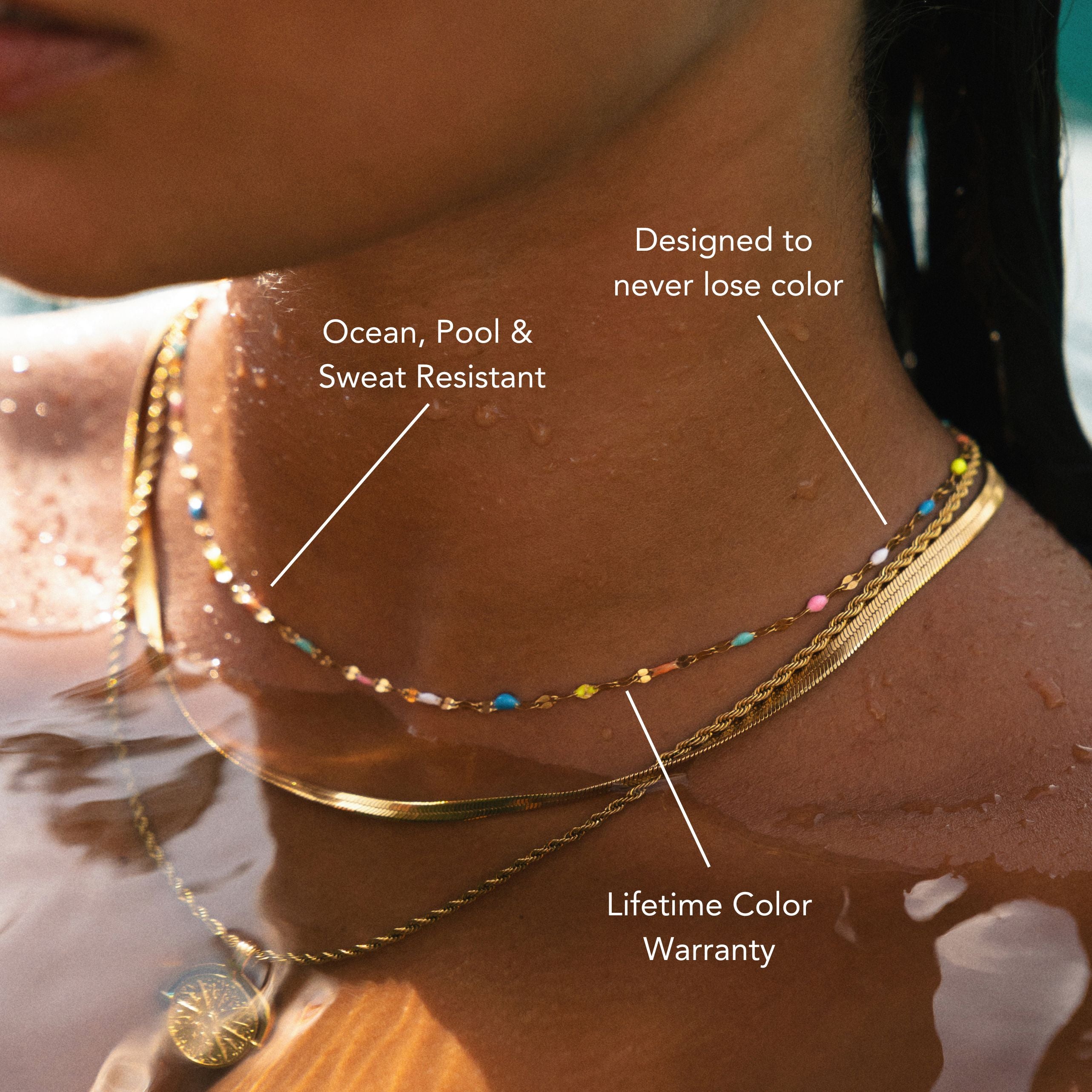
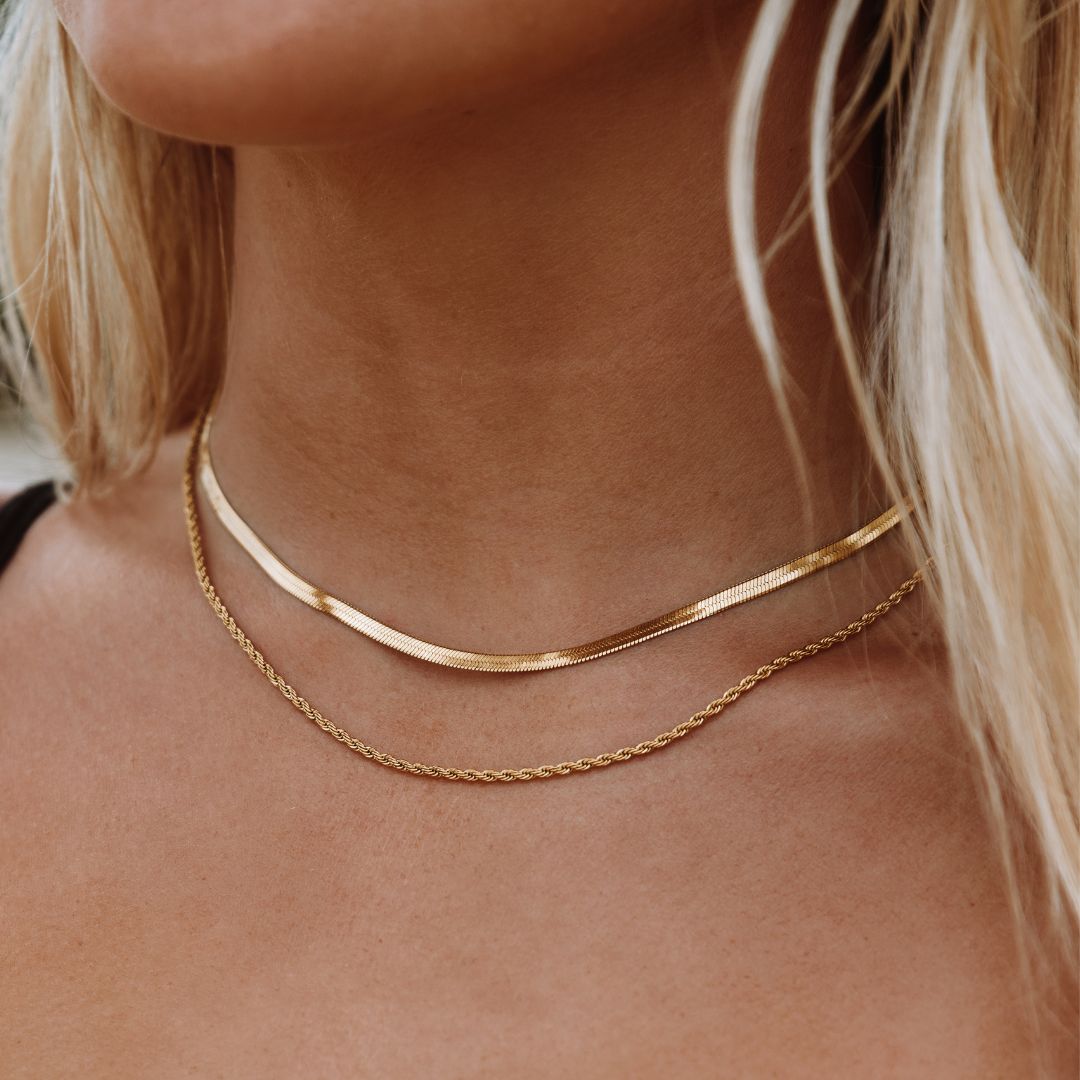
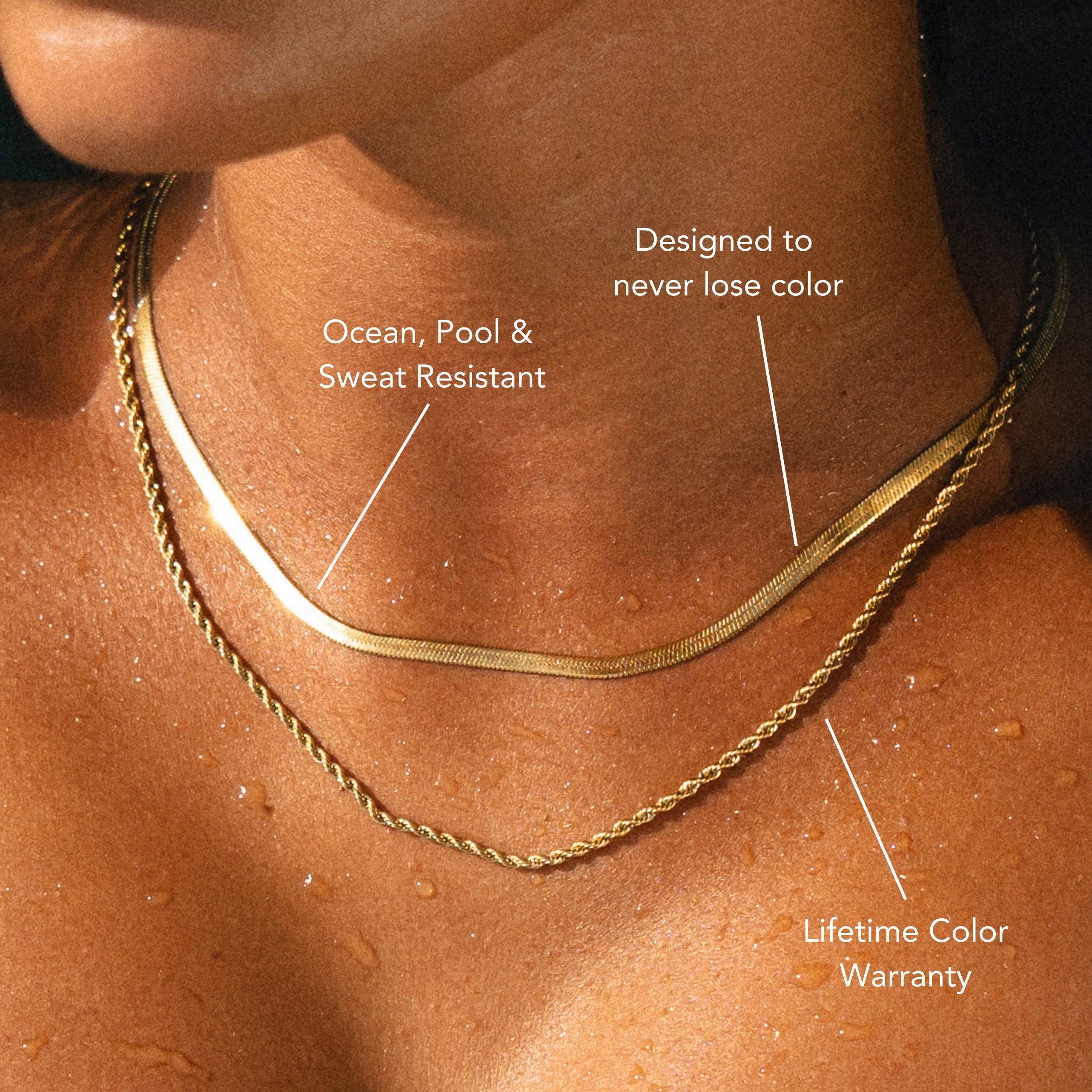
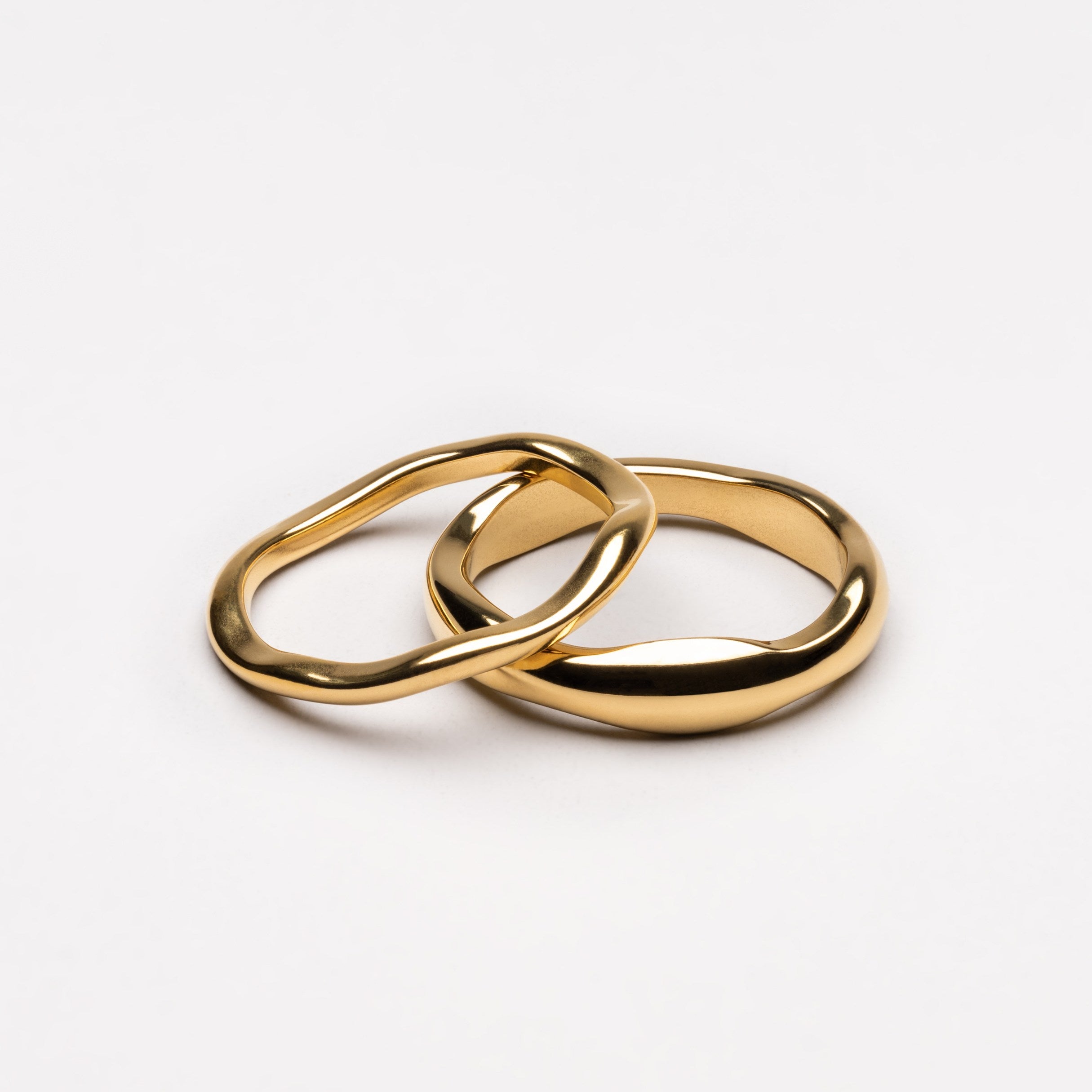
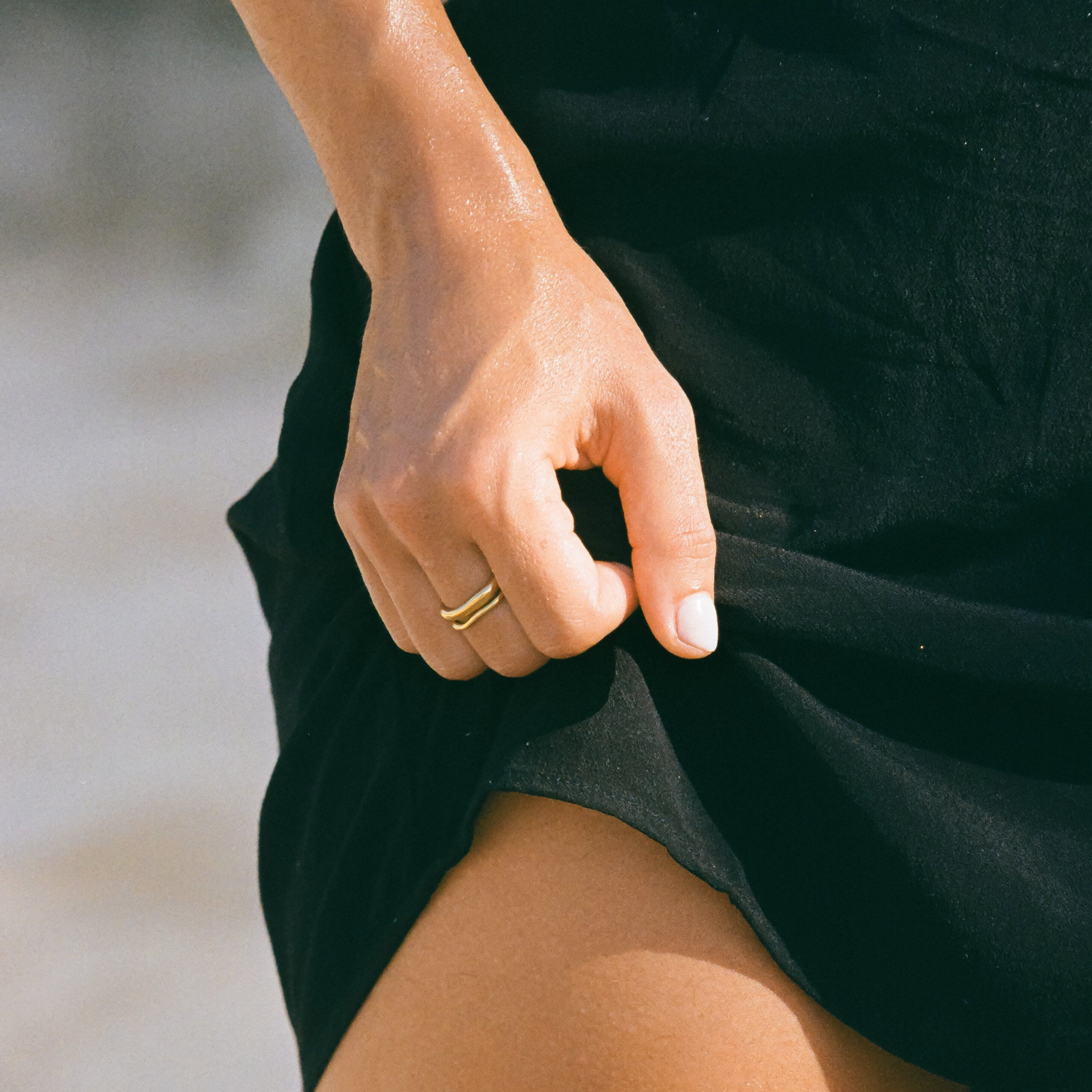
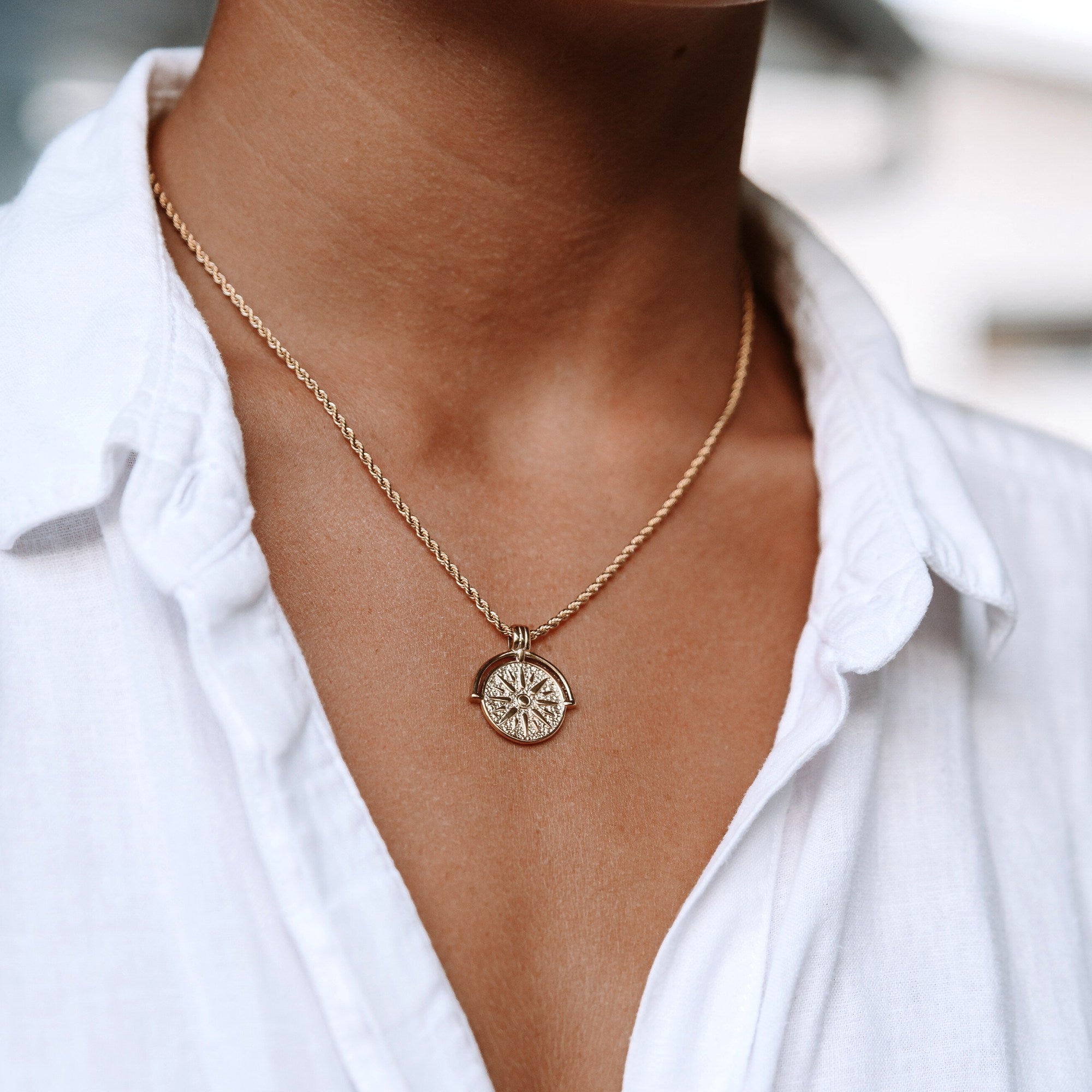
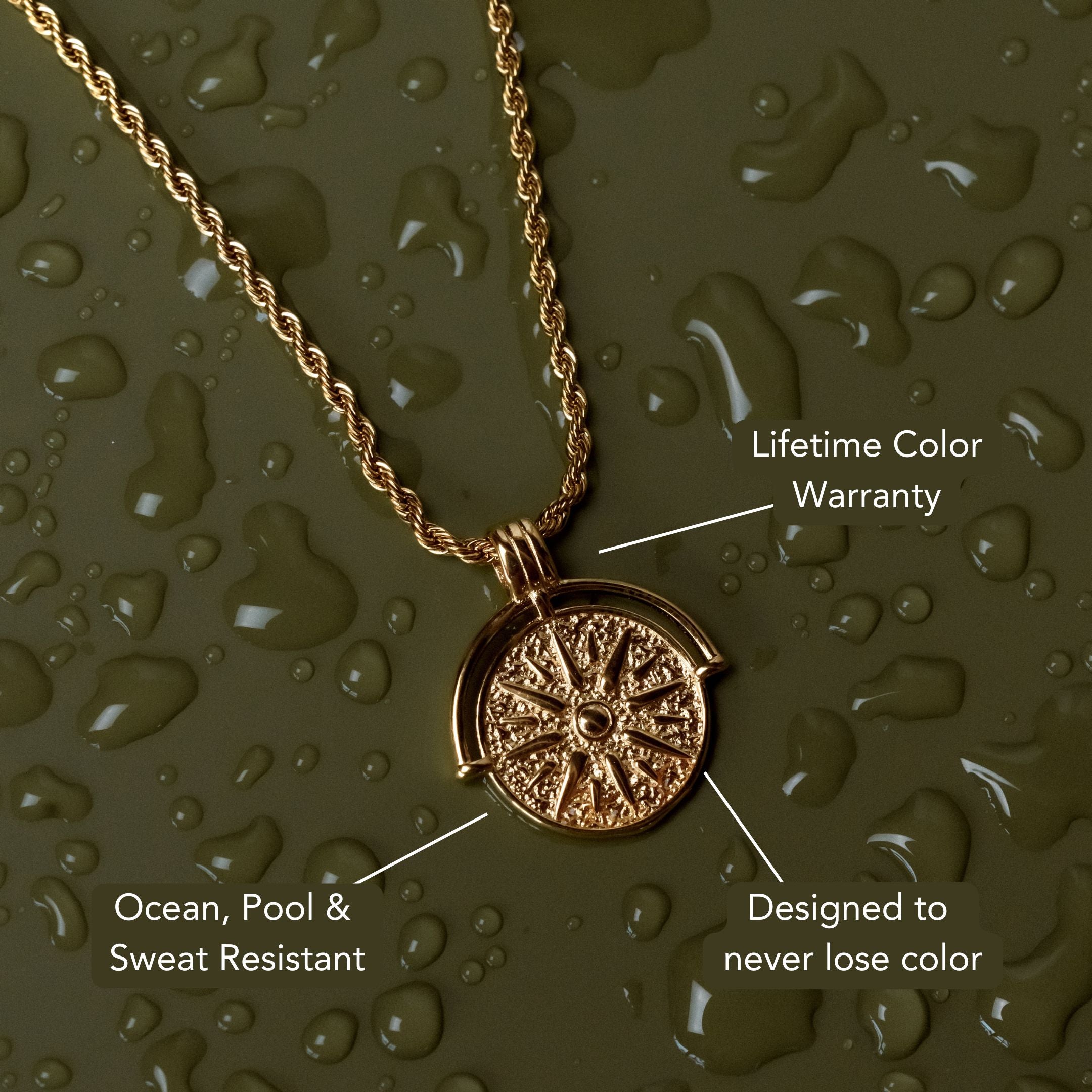
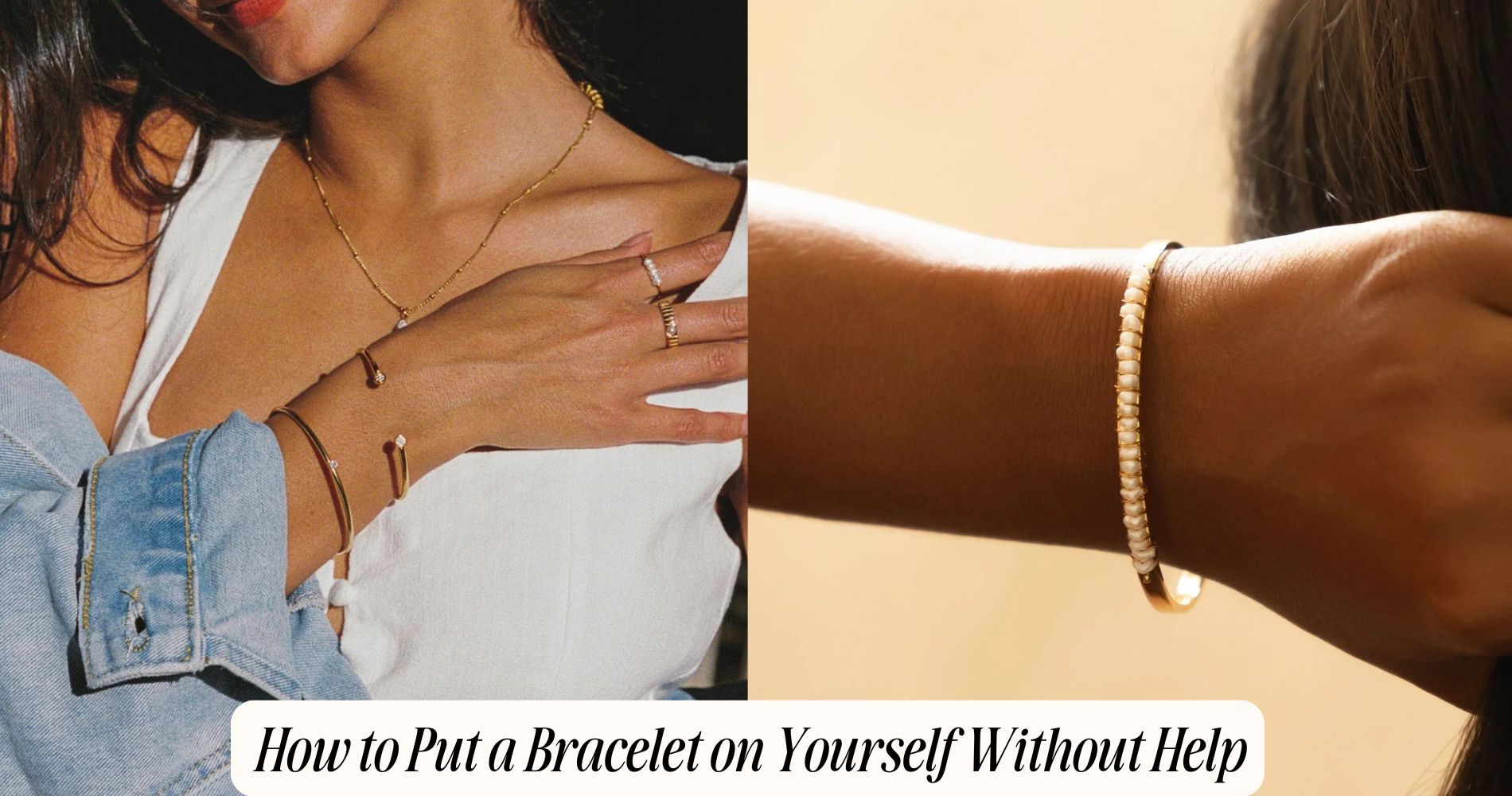
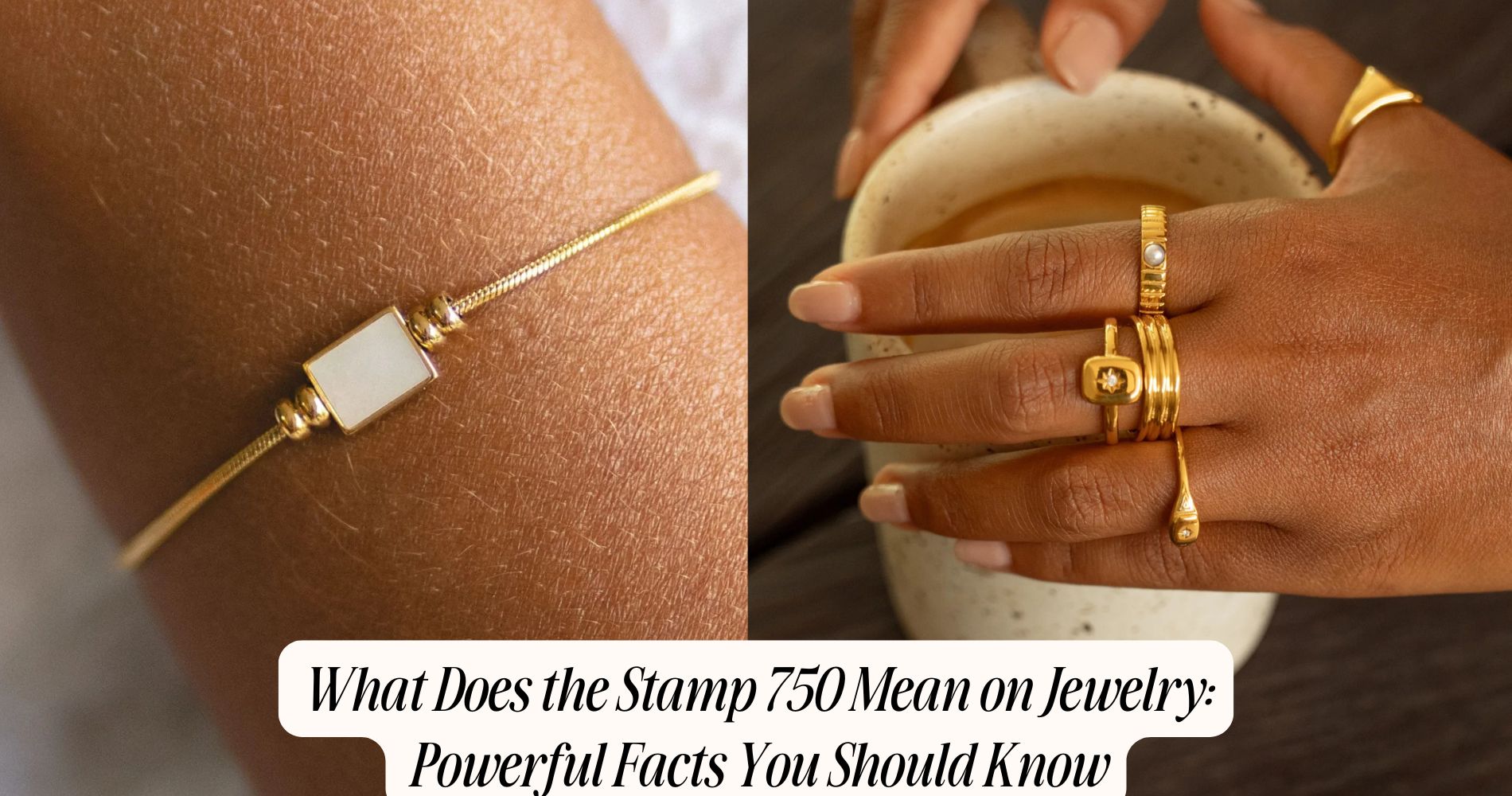




コメントを書く
このサイトはhCaptchaによって保護されており、hCaptchaプライバシーポリシーおよび利用規約が適用されます。